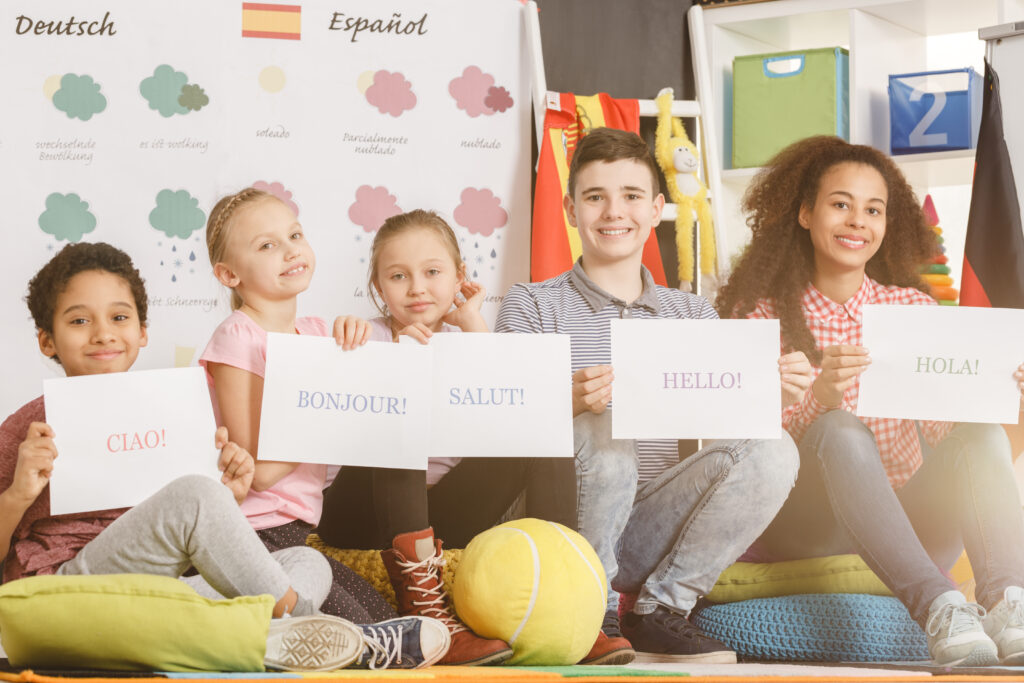Starting in the early years, a dual language education has many benefits for children that can impact them for the rest of their lives. This includes health benefits, academic benefits as well as future career opportunities. According to a study in 2016 (link below) in the National Library of Medicine, students in dual language programs outperformed students in mainstream English programs in both English and math standardized test scores. It is because of these benefits, and many more, that the state of Washington may be putting a law in place in favor of dual language education.
The House Bill 1228, sponsored by Rep. Lillian Ortiz-Self, D-Mukilteo, would create permanent funding to make more dual language programs available to every school district in Washington State by 2040. This bill was passed unanimously in both the House and the Senate. The Legislature plans to fund at least 10 new dual language programs annually with an average grant award of $40,000. This would help programs’ startup costs, support professional development for teachers, and provide instructional materials in the second language that would be taught.
It would allow for districts to apply for funding through the Washington State Office of Superintendent of Public Instruction (OSPI) to either start or expand their current dual language or tribal education programs. Currently, 141 schools offer dual language programs, with 122 of those using English and Spanish. This also covers any type of dual language program, including those that are 50/50 between the two languages and programs where kindergarteners have the second language 90% of the day and English 10%, with an increase in English each year until they reach 50/50.

However, this bill not only has a focus on dual language education, but it intends to increase tribal education as well. This would allow for Indigenous students to reconnect with their language, culture, and oral tribal traditions in schools across the state. Indigenous languages are included in the bill’s definition of world languages. The bill gives priority to schools with over 50% of the student population being students of color. This bill is well on its way to creating more dual-language educational programs which takes the state, and then the country, one step closer to a better education overall.
Read more here:
Bazzaz, Dahlia. “New Report: WA Student Test Scores Inching up in Math and Reading.” The Seattle Times, The Seattle Times Company, 14 Sept. 2023, www.seattletimes.com/education-lab/wa-student-test-scores-in-math-and-reading-inch-up-newest-release-shows/.
Bialystok, Ellen. “Bilingual Education for Young Children: Review of the Effects and Consequences.” International Journal of Bilingual Education and Bilingualism, U.S. National Library of Medicine, 2018, www.ncbi.nlm.nih.gov/pmc/articles/PMC6168086
“Bill Status-at-a-Glance.” Bill Summary RSS, 2024, app.leg.wa.gov/billsummary?BillNumber=1228&Year=2023.
Romero, Jacquelyn Jimenez. “Dual Language Education Is One Step Closer to Becoming a WA Law.” The Seattle Times, The Seattle Times Company, 15 Mar. 2024, www.seattletimes.com/seattle-news/dual-language-education-is-one-step-closer-to-becoming-a-wa-law/.

